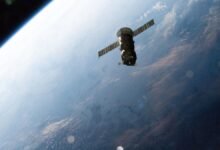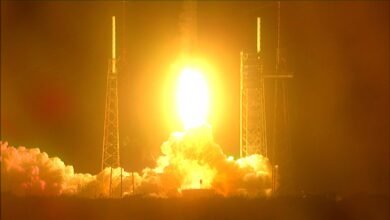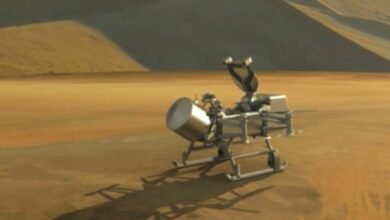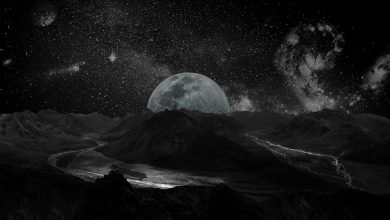Water on the sunlit surface of Moon, discovered by NASA’s SOFIA

For the first time, NASA confirms the presence of water on the sunlit surface of the Moon
The NASA’s Stratospheric Observatory for Infrared Astronomy (SOFIA) has confirmed, for the first time, water on the sunlit surface of the Moon. This discovery indicates that water may be distributed over the lunar surface, and not restricted to cold, shadowed spots, as per an announcement by NASA.
NASA scientist on Monday said that however the moon comes up short on the assortments of fluid water that are a sign of Earth, the lunar water is more boundless than recently known, with water particles caught inside mineral grains on a superficial level and more water is maybe covered up in ice patches living in lasting shadows. A group drove by Casey Honniball of NASA’s Goddard Space Flight Center in Maryland recognized atomic water on the lunar surface, caught inside common glasses or between flotsam and jetsam grains.
The SOFIA has detected water particles (H2O) in Clavius Crater, perhaps the biggest cavity visible from Earth, situated in the Moon’s southern half of the globe. Past perceptions of the Moon’s surface identified some type of hydrogen, however couldn’t recognize water and its nearby synthetic family member, hydroxyl (OH).
“Data from this location reveal water in concentrations of 100 to 412 parts per million – roughly equivalent to a 12-ounce bottle of water – trapped in a cubic meter of soil spread across the lunar surface. The results are published in the latest issue of Nature Astronomy,” the statement read.
“We had indications that H2O – the familiar water we know – might be present on the sunlit side of the Moon,” said Paul Hertz, director of the Astrophysics Division in the Science Mission Directorate at NASA Headquarters in Washington. “Now we know it is there. This discovery challenges our understanding of the lunar surface and raises intriguing questions about resources relevant for deep space exploration.”
Also Read: New examination demonstrates supermassive low-spinning black hole at the center of Milky Way
As a comparison, the Sahara desert has 100 times the amount of water than what SOFIA detected in the lunar soil, the statement read. Despite the small amounts, the discovery raises new questions about how water is created and how it persists on the harsh, airless lunar surface.
“Prior to the SOFIA observations, we knew there was some kind of hydration,” said Casey Honniball, the lead author who published the results from her graduate thesis work at the University of Hawaii at Manoa in Honolulu. “But we didn’t know how much, if any, was actually water molecules – like we drink every day – or something more like drain cleaner.”
SOFIA offered a new means of looking at the Moon, NASA said. Flying at altitudes of up to 45,000 feet, this modified Boeing 747SP jetliner with a 106-inch diameter telescope reaches above 99 per cent of the water vapor in Earth’s atmosphere to get a clearer view of the infrared universe. Using its Faint Object infraRed CAmera for the SOFIA Telescope (FORCAST), SOFIA was able to pick up the specific wavelength unique to water molecules, at 6.1 microns, and discovered a relatively surprising concentration in sunny Clavius Crater.
“Without a thick atmosphere, water on the sunlit lunar surface should just be lost to space,” said Honniball, who is now a postdoctoral fellow at NASA’s Goddard Space Flight Centre in Greenbelt, Maryland. “Yet somehow we’re seeing it. Something is generating the water, and something must be trapping it there.”







